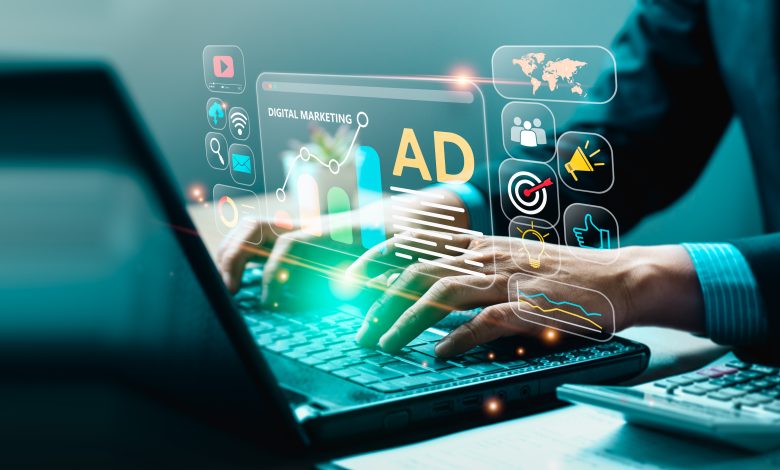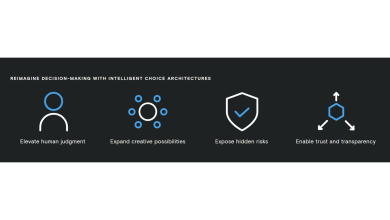
For more than two decades, digital advertising has been anchored by one central truth: search queries reveal intent, and ads placed next to those queries capture it. This principle turned Google into one of the most profitable companies in history, built an entire ecosystem of performance marketers, and made “paid search” nearly synonymous with digital growth.
But what happens when the very nature of search is changing?
Generative AI tools such as ChatGPT, Perplexity, and Google’s own AI Overviews are beginning to replace the familiar page of blue links with synthesized answers. For marketers and executives, this shift is not just another evolution of ad formats—it raises existential questions about where ads will live, how they will be measured, and whether the platforms that dominate today will hold the same power tomorrow.
Will Google Ads Lose Their Grip?
Today, Google’s advertising empire relies on the structure of the search results page. There is space for ads at the top, organic results below, and more ads in between. But as AI-generated overviews take up more space, the real estate for ads may shrink—or change in ways that fundamentally alter their value.
If a user receives a fully formed AI summary answering their question, will they scroll down to click an ad? Early tests of Google’s Search Generative Experience (SGE) suggest mixed results. Some users still engage with links inside the AI-generated answer, while others stop there. For advertisers, that means fewer impressions, lower click volumes, and potentially higher costs as competition intensifies for whatever placements remain.
This does not necessarily spell the end of paid search, but it does suggest a future where Google’s most valuable asset—predictable ad inventory—is no longer guaranteed.
Will AI Assistants Build Their Own Ad Markets?
Another possibility is that AI platforms themselves may introduce new advertising models. Imagine a future where ChatGPT, Claude, or Perplexity responds to a user query with:
“Here are three ways to approach your marketing strategy. By the way, Company X has a solution designed for this use case.”
Would this be considered advertising, product placement, or sponsorship? The lines could blur quickly. Unlike a traditional banner or text ad, these “ads” would appear as part of a conversation. They might not even look like ads at all.
For brands, this raises both opportunity and risk. On one hand, placement within an AI’s response could carry enormous weight—far more persuasive than a sidebar banner. On the other, it could be difficult to measure, regulate, or ensure fairness. Which companies get surfaced, and why? How will disclosure work?
Executives should not expect clear answers yet, but they should begin asking how their marketing budgets might shift if conversational AI platforms become as important to consumer decision-making as Google search once was.
How Should Executives Think About These Shifts?
At this stage, it’s less about predicting the winner—Google, OpenAI, or someone else—and more about preparing for multiple scenarios. Leaders should be asking questions like:
- Diversification: How reliant are we on Google Ads today, and what would happen if impressions dropped significantly?
- Visibility: If AI assistants begin recommending products and services, how do we ensure our brand is part of those answers?
- Measurement: What new metrics might matter in a world where clicks give way to “mentions” or “inclusions” inside AI-generated outputs?
- Ethics: How transparent should platforms be if they blend advertising with conversational responses?
These questions may not have definitive answers yet—but waiting until they do could put brands behind faster-moving competitors.
Scenario Planning: Three Possible Futures
Executives can benefit from considering at least three plausible paths forward:
- Google Retains Dominance
AI is integrated into search, but Google maintains control of the ad formats, introducing new sponsored placements inside AI summaries. Paid search remains central, though with higher costs and new creative formats - AI-Native Ad Networks Emerge
Platforms like ChatGPT or Perplexity monetize by curating “trusted partner” recommendations. Brands begin allocating budget to conversational ad formats, measured not in clicks but in brand inclusions. - Hybrid World
A balance emerges. Google remains strong, but AI platforms also command budget share. Marketers must juggle spend, creative, and measurement across multiple types of ecosystems.
A Future Defined by Questions
Paid advertising has always been shaped by where consumer attention goes. As attention shifts toward AI-driven answers, the advertising industry will inevitably follow. The challenge for executives is not to predict one future with certainty, but to stay curious, test emerging channels early, and be ready to adapt.
The companies that succeed won’t be the ones who waited for a clear playbook. They will be the ones who recognized that the playbook itself is being rewritten and positioned themselves to turn uncertainty into advantage.



